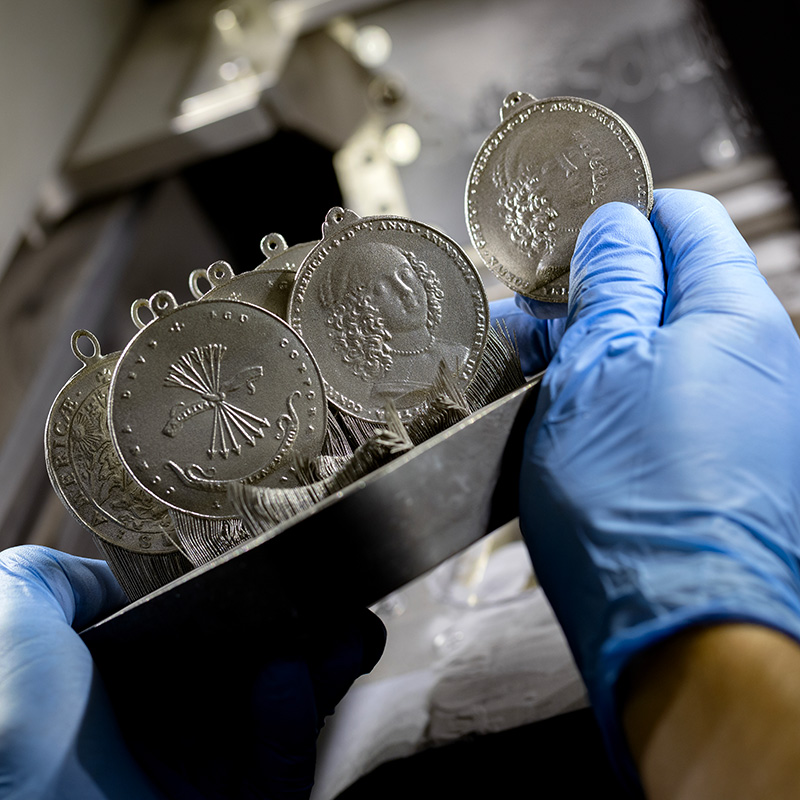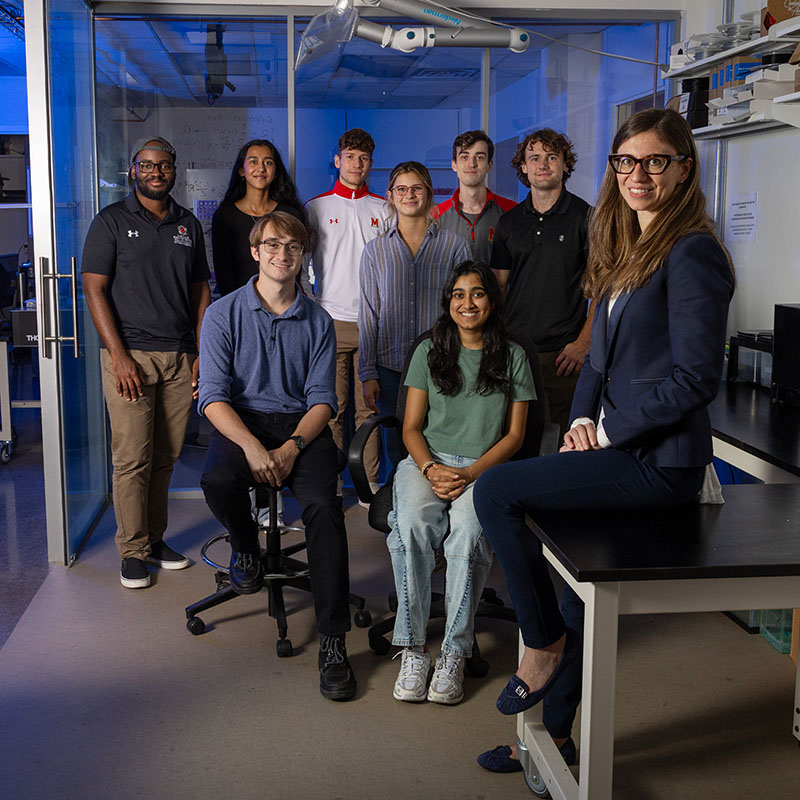News Story
Nanowerk Spotlights Salamanca-Riba's Work with Rare New Material
Department of Materials Science and Engineering (MSE) professor Lourdes Salamanca-Riba's work with covetics, a new class of hybrid materials made of high-strength nanocarbon and metal, has been featured in Nanowerk.
Covetic materials, invented by Jason Shugart and Roger Scherer, exhibit physical and mechanical properties superior to those of polymers and metal, high electrical and thermal conductivity, resistance to corrosion, and strong molecular bonds between the metal and the carbon atoms. It is the unusually strong bond that, unlike many other composite materials, allows covetics to survive repeated melting, making them easier to recycle.
The metals and chemical reactions used to create covetics can be varied to achieve desired qualities. Gold, silver, copper, zinc, tin and lead have all been used to create the end product.
One of the barriers to covetics' commercialization was no one could explain exactly why they worked the way they did. The nature of their carbon content was unknown–until 2007, no one was able to even confirm or quantify its presence in the new materials, because no particles of it could be seen. No one knew what form the carbon took or the nature of its bonds with the host metal.
Salamanca-Riba was approached in 2010 and asked to apply her expertise to the search for answers. She suspected the carbon had bonded within the host metal's molecular lattice. Using energy dispersive X-ray and electron energy loss spectroscopies, she was able to detect the carbon's energy signature of a sample covetic placed in one of the Maryland NanoCenter's high-resolution transmission electron microscopes. She discovered several kinds of carbon structures in a silver-based covetic, including ones that were amorphous and graphene-like sheets and ribbons embedded in the crystal lattice of the metal.
Salamanca-Riba is currently studying how covetics' carbon-metal bonds are formed and what exactly makes them so strong. She and her group at the University of Maryland are also investigating their electrical properties for use in various applications.
For more information, see:
"Covetics–Rare new hybrid fuses nanocarbons and metal in bond stronger than sp2," online at nanowerk.com
"Covetics–a new hybrid that fuses carbon and metal in strong bonds," online at Graphene-Info.com
Published November 1, 2013









